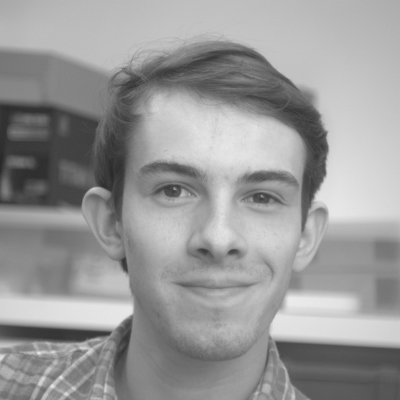
Matt Budd
@m_budd
Followers
26
Following
15
Media
8
Statuses
12
PhD candidate in robotics at the Oxford Robotics Institute
Oxford
Joined August 2018
RT @oxfordrobots: Wishing all the best to Team ORIon-UTBMan as they compete at #RoboCup2023 in France! 🤖✨ After two days of rigorous testin….
0
3
0
RT @RameshWilson1: After months of construction, HotMess has just been shipped to 9 sites in the Southern Hemisphere! 🇳🇦🇿🇦🇵🇪🇨🇱🇪🇨🇦🇷🇦🇺🇳🇿. MAS….
0
15
0
This work wouldn't be possible without the project team, including @robo_goga , @drbensherlock, . @CH_OceanRobots , @Alphillips200 .
0
0
3
How do you collect valuable data from sensors far under the ocean surface? Our #IROS2022 paper's planner reasons over uncertain localisation 📍, navigation 🧭 and communication 📶 for underwater autonomous vehicles. 1/9.@GOALS_oxford @hawesie @pduckw
1
10
26

